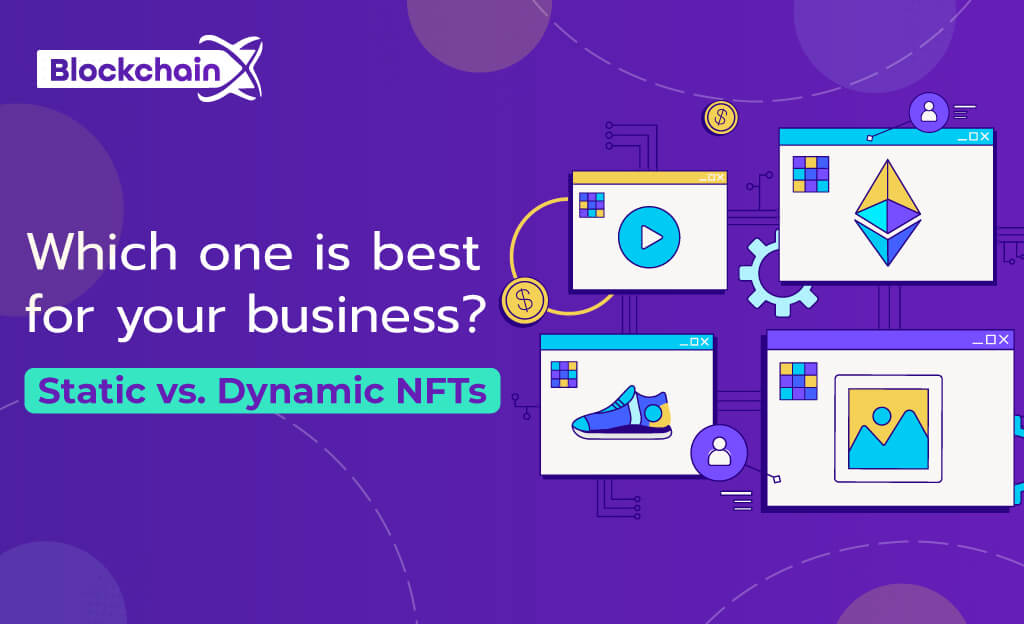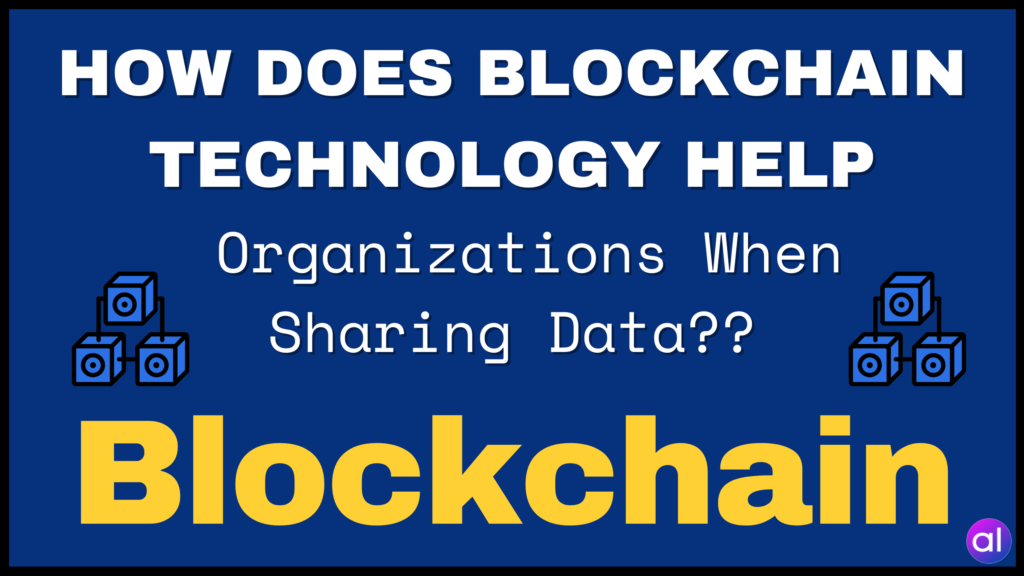
Non-fungible tokens (NFTs) are gaining popularity in the mainstream after being widely adopted in the Web3 community. They have been featured in major media outlets, and many high-profile athletes and public figures have launched their own collections. NFTs have become one of the most prominent applications of blockchain technology.
NFTs have been around for a while, but what sets today’s NFTs apart? The answer lies in the nature of Static vs Dynamic NFTs. Static NFTs are unchangeable and cannot be modified, while Dynamic NFTs are mutable and can be altered over time. This blog explores the differences between dynamic and static NFTs and provides a comprehensive assessment of each category.
The Basics of NFTs
NFTs are digital assets with unique characteristics and non-fungibility. Each NFT has a distinct value and cannot be exchanged for other digital assets like cryptocurrencies. Blockchain plays a crucial role in ensuring the uniqueness and ownership proof of NFTs, as well as facilitating smart contracts for automation.
The Categories of NFTs
Not all NFTs are the same, and there are two main types: static and dynamic. The choice between static and dynamic NFTs depends on the use case. Dynamic NFTs are best for assets that require updates or modifications over time, while static NFTs are used for creating permanent, immutable assets.
1. Static NFT
Static NFTs are unchangeable and serve as permanent, immutable records on the blockchain. They are ideal for representing fixed assets such as digital identification documents, artwork, or collectibles. One drawback of static NFTs is the inability to update them, requiring the creation of a new NFT for any changes.
Use Cases for Static NFTs
Static NFTs are suitable for identity verification, digital art collections, and document storage. They provide a secure and immutable representation of artwork on the blockchain, ensuring authenticity and ownership rights.
The Advantages of Static NFTs
Static NFTs reduce bandwidth and storage requirements, are easy to verify, and offer enhanced security against counterfeiting. They can also serve as shareable digital property or collateral for loans.
2. Dynamic NFTs
Dynamic NFTs allow for updates and changes to the content even after minting. They are suitable for applications that require frequent data modifications, such as real-world assets with changing ownership or location. Owners of dynamic NFTs can modify token data based on permissions.
Use cases for dynamic NFTs
Dynamic NFTs are ideal for applications like games, digital artwork, and real-world collectibles that need frequent data updates. They enable the creation of ever-changing digital art and can reflect real-time changes in asset value based on external factors.
Advantages of Dynamic NFTs
Dynamic NFTs offer flexibility in modifying content to meet specific needs, leading to longer user engagement. They allow for evolving user experiences and better interaction with NFTs over time. Dynamic NFTs excel in content creation and distribution, enhancing user experiences.
Differentiating Static vs Dynamic NFT
The distinction between static and dynamic NFTs lies in their ability to change after minting. Dynamic NFTs are suited for use cases requiring frequent updates, while static NFTs are best for fixed data applications. Static NFTs offer enhanced security due to their single-file metadata storage.
Wrapping up,
The choice between dynamic and static NFTs depends on the specific use case. Dynamic NFTs are ideal for applications requiring data modifications, while static NFTs are best for immutable assets. Understanding the advantages and disadvantages of each type is crucial in selecting the most suitable NFT for your needs. Explore more about dynamic and static NFTs to harness their full potential.



